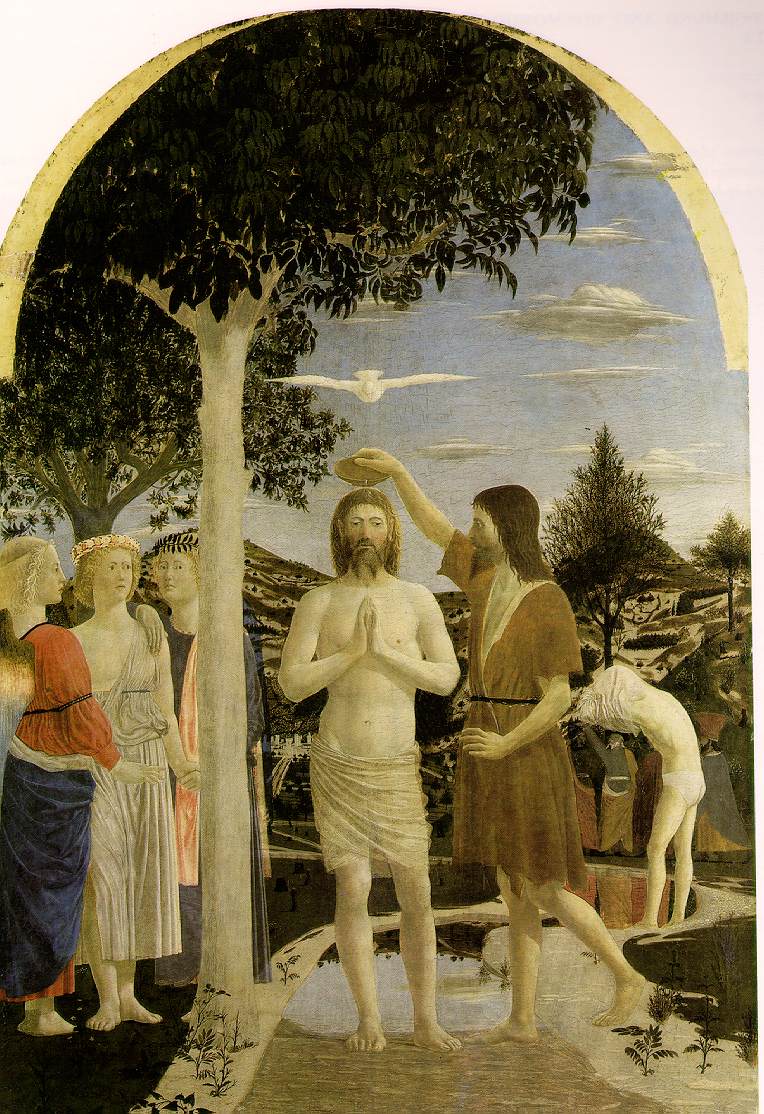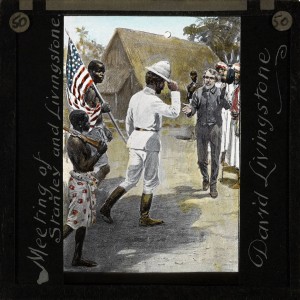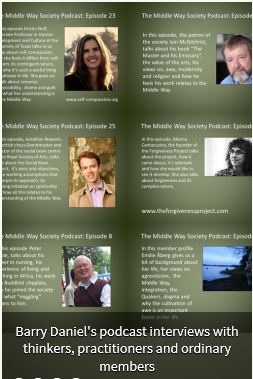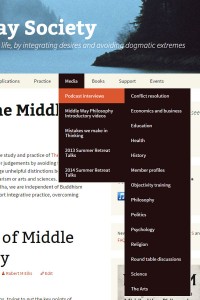Why do human beings so often get stuck in fixed beliefs that are no longer adequate to the situation? Why do we have metaphysics at all? This is a question I have been considering for a while, not in expectation of ultimate answers, but particularly thinking in terms of the model offered by evolutionary adaptation. Whilst I don’t think evolutionary theory can explain everything, and there are disputable variations within it, it does seem to provide a good explanation of some key conditions. In evolutionary terms, then, human dogma must have some sort of adaptive value. Yet central to my thesis in Middle Way Philosophy is the idea that metaphysics and dogmatism are maladaptive – not in purely evolutionary terms, but certainly in terms that should have some sort of relationship to evolutionary theory. How can I account for this tension?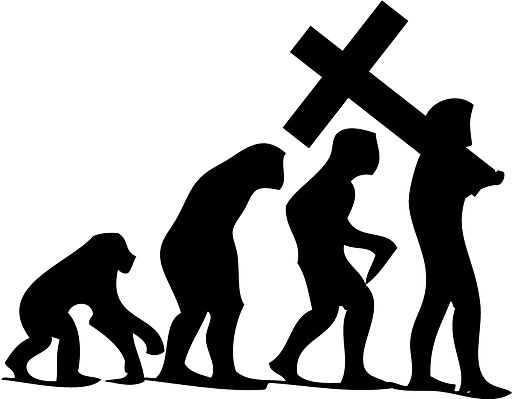
I have been stimulated in thinking about this recently by reading The Embodied Mind by Francisco Varela, Evan Thompson, and Eleanor Rosch. First published in 1991, but I suspect since then largely ignored by a scientific and philosophical world whose models it seriously challenges, this extremely interesting book is one of the few I have come across that explicitly uses the Middle Way in a way that is directly applied to modern scientific and philosophical debates. It does so in relation to both cognitive science and biology, which it juxtaposes with some direct bits of traditional Buddhist material about conditionality. Though the Buddhist bits are treated in an uncritical way somewhat at variance with the extremely thoughtful use of scientific models, the result is nevertheless well worth a read. However, I’m not focused here on fully reviewing this book, more with pulling out a few useful elements.
One of the sections I found interesting in this book is concerned with the whole question of what adaptivity consists in. An unreflective approach to adaptivity by a scientific cognitivist is likely to make two major assumptions, both of which are questionable:
- That ‘adaptation’ by either an individual organism or a species occurs against an environmental background that is understood in isolation from the organism’s adaptation
- That ‘adaptation’ should be understood in terms of optimal fitness. The optimally fit organism will survive better than the less fit one.
Both of these assumptions involve the idea that scientific theory just represents a state of affairs ‘out there’, rather than fully taking into account the complex and indeterminate relationship between models, actions and feedback as an organism not only responds to the world it encounters, but also shapes that world. The scientific observer similarly shapes the world of theory in the process of creating the theory. Adaptation, then, cannot just consist in fitting into an environment well, but also changing mental models of that environment and the environment itself. This adaptation also cannot just be a matter of finding one possible optimally ‘fit’ solution. There a lots of possible solutions, and evolutionary pressures may well operate much more negatively just by weeding out the grossly unfit, leaving both the highly adapted and the mediocre to reproduce and flourish. Genetic variation is often apparently random and results in changes that are evolutionarily neutral, or the side effects of complex interplays of genes may result in helpful adaptations being accompanied by maladaptations.
Varela, Thompson and Rosch give a good analogy for this. Imagine that a man goes to buy a suit. If we think only in terms of optimal fitness, he will just go to a bespoke tailor and get the ideal suit that completely fits him, in the ideal style that fits the social conditions. However, anyone who has ever bought a suit will know that it’s more complex than this. Bespoke suits are very expensive, so we are more likely to go to a department store and buy a ready-made cheaper suit in more or less our size, that more or less suits us. The suit that the man buys (given that he is not rich enough to buy a bespoke suit) will be sub-optimal, one of a number of possible solutions in a situation of complex economic, social and corporeal conditions. He could have bought any of a number of possible suits, and he ended up with one that was OK. The authors suggest that evolutionary adaptation is much more like this than like bespoke tailoring.
So, to return to the question I started with: how might dogma be adaptive? I would suggest, because it was, and still is, one of a number of suboptimal solutions that more or less fitted an environment. The kind of environment that it sub-optimally fits is one dominated by group consciousness. A group of hunters in pursuit of deer, or even a group of footballers on a team, do not want too much innovation: above all they want loyalty and reliability. So this kind of situation creates pressures towards fixed models of our environment, because this model will reliably correspond with that of our fellows. Metaphysics is born – first in predominantly religious and political forms that help to maintain the power of leaders, then later in negative forms such as scientism, that help to maintain group loyalty even in a group that is theoretically devoted to rigorous investigation.
However, at the same time, there is another kind of sub-optimal adaptation in human history. Original thinkers who are prepared to create different models may also sometimes have their day. They may, for example, recognise an impending climatic catastrophe or the likely loss of a food source and prompt their society to make effective preparations for it. Later on, they may be Aristotles or Galileos or Einsteins, offering a new model that differs greatly from what preceded them. These people also benefit their societies, so societies that at least tolerate them, and sometimes listen to them, are more likely to be successful in the long run.
So far in human history, though, I would hypothesise, it is the first kind of sub-optimal adaptation that has had the upper hand. The faster the environment changes, though, and the more we contribute to changing it through innovation, the harder it becomes for the metaphysical world view to be effective. There have been times in the past – such as the Buddha’s India or Ancient Greece – where individuals have been able to come to the fore and challenge group-consciousness, and where the balance and integration between brain hemispheres (as tracked by Iain McGilchrist) improved. We may also be in such a position now, where it is flexible individual thinking capable of defying metaphysical assumptions that is most needed so that we can address rapidly changing conditions. Flexible, integrated thinking does not result in ideal solutions, but it does improve what we have, and may be crucial to our survival.
This is a repost, originally posted on the Middle Way Philosophy blog on ⋅ 2 Comments on the original post.
Picture: Evolution 1 by Latvian (Wikimedia Commons) CCSA.

